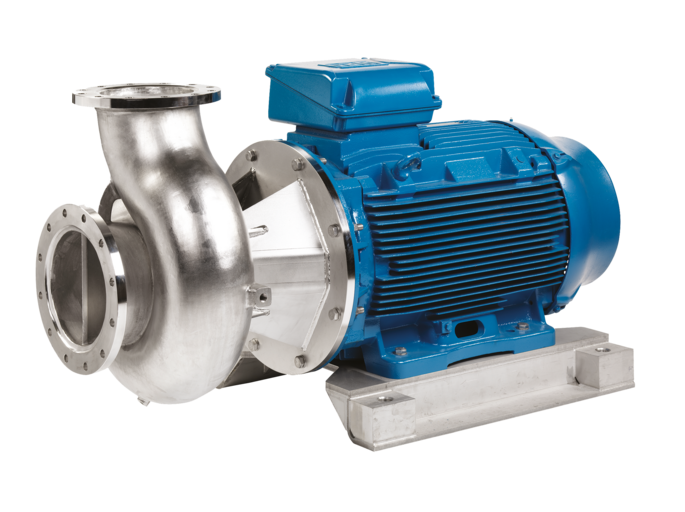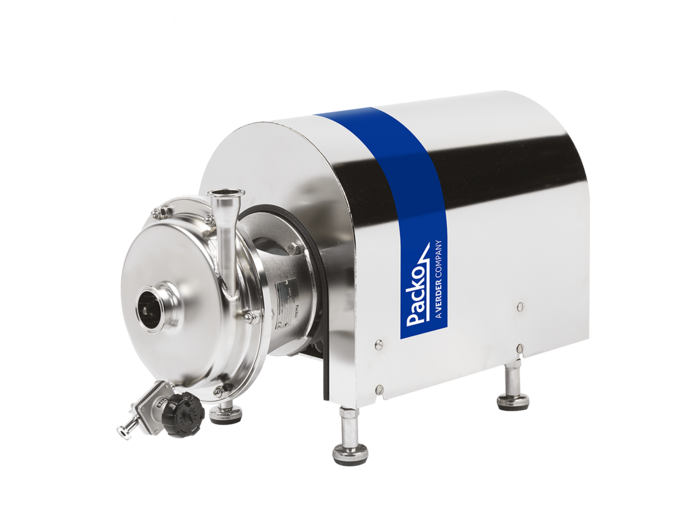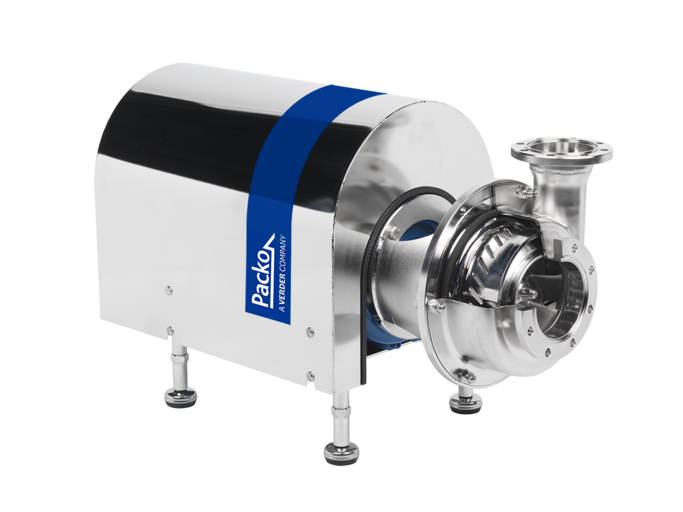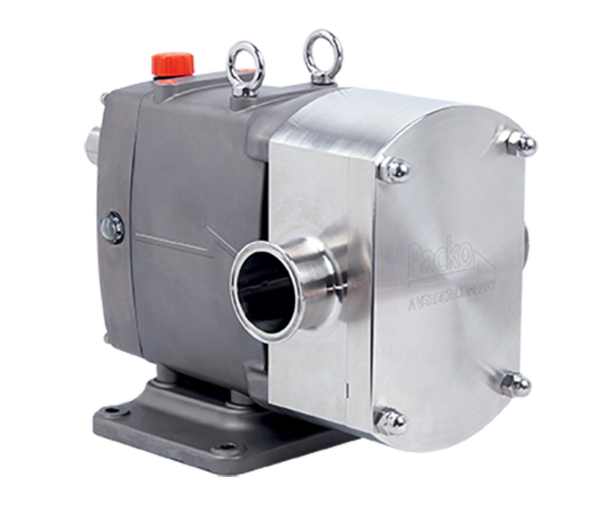Packo
A linha Packo Pumps consiste em bombas de lóbulos, bombas de parafuso duplo adequadas para aplicações higiênicas e bombas centrífugas para aplicações industriais e higiênicas. Essas bombas geralmente são construídas sob medida e sempre testadas em nossa fábrica na Bélgica (Diksmuide).
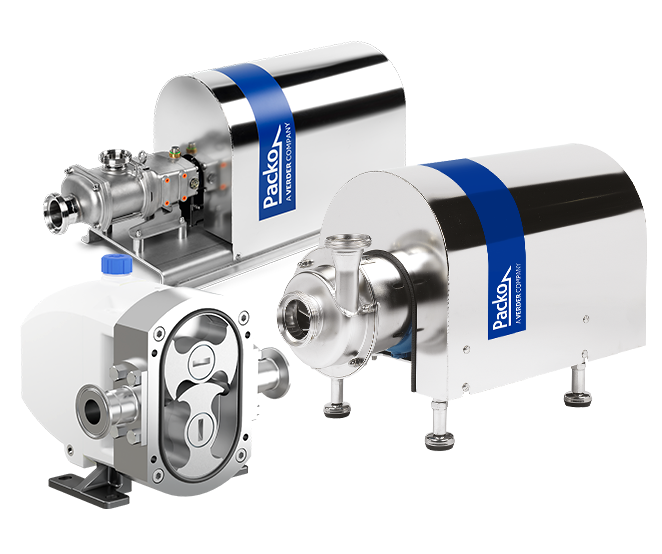
Sobre a Packo Pumps
Packo é originalmente pesquisador, designer e fabricante de lobo rotativo centrífugo higiênico sustentável e inovador e bombas de parafuso duplo parafuso para várias indústrias.
Curioso sobre o preço de uma bomba Packo?
Nossos especialistas podem lhe ajudar com a bomba certa para seu processo!
A Packo série de bombas
Packo Centrífuga Bombas
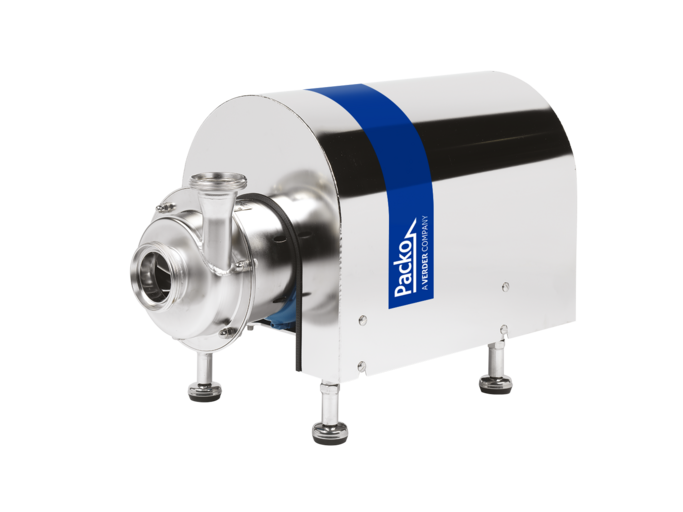
Série Bomba Sanitária
A série de bombas sanitárias Packo é projetada para uso nas aplicações higiênicas mais exigentes em quase todas as indústrias, como laticínios, cervejarias, indústria de bebidas, destilarias, etc. Eles são a solução ideal para aplicações de filtração, pasteurização, sistemas de evaporação, propagação de leveduras e também para sistemas de limpeza CIP.
| Max. flow | 1800 m3/h |
| Differential head | 220 m wC |
Bombas de deslocamento positivo Packo
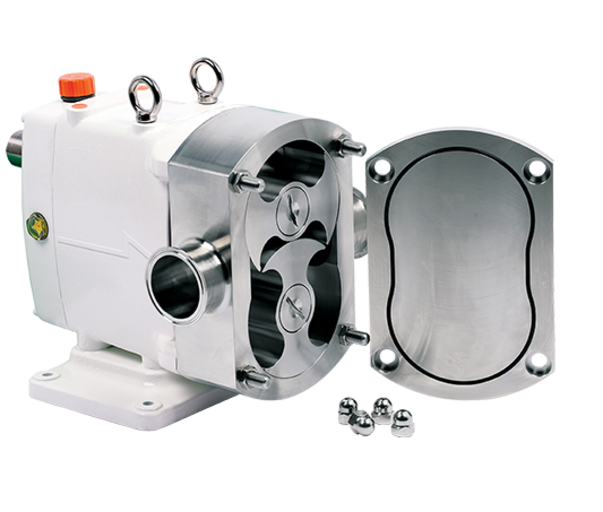
Bombas de lóbulos
As bombas de lóbulos rotativos Packo oferecem soluções de bombagem higiénicas para as indústrias alimentar, de bebidas e farmacêutica, entre outras. Graças aos...
| Max. flow | 190 m3/h |
| Max. discharge pressure | 31 bar |
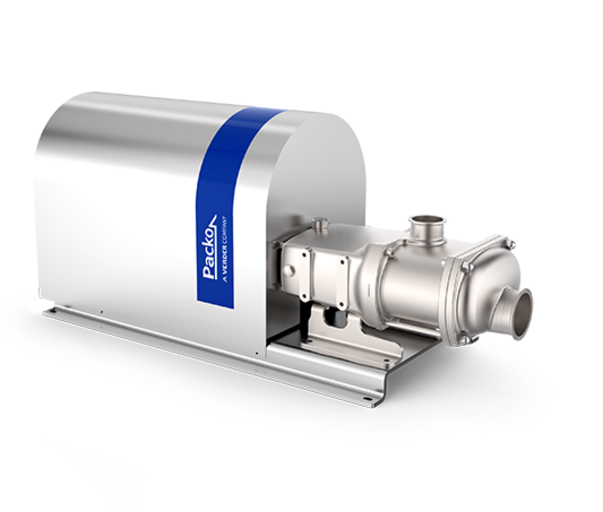
Bombas de duplo parafuso Packo
Todas as vantagens das bombas de lóbulos rotativos e centrífugas estão combinadas na série de bombas de duplo parafuso Packo. Esta bomba dois-em-um é excelente para...
| Max. flow | 1660 l/min |
| Max. discharge pressure | 12 bar |
Porquê escolher as bombas centrífugas Packo?
- Elevada eficiência da bomba, resultando num menor consumo de energia
- Baixos valores de NPSH: menor risco de cavitação
- Electropolido: perfeitamente lavável
- Componentes standard
Perguntas mais freqüentes
Packo
-
Como posso encomendar peças de reposição?
Anote o número de série de sua bomba e ligue para nós! Estamos sempre felizes em ajudar você.
-
Posso ter uma bomba entregue em um prazo curto?
Por favor, aguarde 5 dias úteis para a entrega de nossos produtos.
-
Onde são fabricadas suas bombas?
Nossas bombas são fabricadas na Bélgica.
Packo Downloads
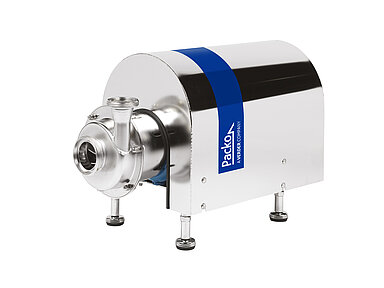
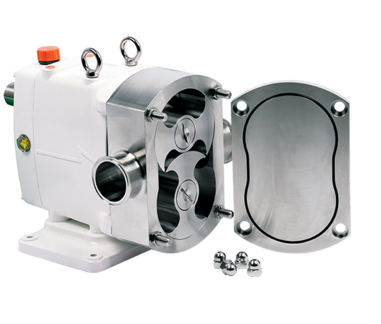
História das Bombas Packo
A partir de 1975, projetou e construiu bombas de aço inoxidável para várias indústrias, com foco nos construtores de máquinas. Desde esta data, fornecemos mais de 350.000 bombas e estas para as mais diversas aplicações.
As primeiras bombas que foram desenvolvidas por nós foram destinadas à indústria de laticínios, portanto, desde o início a higiene e a limpeza foram um requisito básico para as bombas Packo.
O uso de aço inoxidável e a aplicação padrão de um tratamento de superfície eletroquímico (eletropolimento), encontram sua origem aqui. Estes são dois fatores que fazem com que as bombas Packo se destaquem ainda hoje. A diversificação e o aprofundamento dos conhecimentos levaram a Packo a ser hoje líder de mercado em vários setores.
Fabricando Bombas Packo
Desde o verão de 2015, a Packo pertence ao grupo Verder. Juntos empregamos 2000 pessoas em todo o mundo, espalhadas por diferentes locais de produção e escritórios de vendas. Na fábrica em Diksmuide fabricamos bombas industriais e componentes higiênicos. Há também uma divisão de eletropolimento que dá aos nossos produtos um grau muito alto de acabamento.
A Packo está criando bombas higiênicas e higiênicas da mais alta qualidade para aplicações industriais, alimentícias e farmacêuticas. As bombas centrífugas são fabricadas na Bélgica. Todas as bombas centrífugas são eletropolidas de acordo com um método de processo desenvolvido internamente para tratamento de superfície de aço inoxidável.
O método é acabado com técnicas de polimento manual para obter a especificação de bombas da mais alta qualidade para aplicações onde o compromisso não é uma opção. Iniciada em 1975 com bombas para laticínios, a Packo Pumps desenvolveu seu portfólio para incluir modelos para muitos processos certificados, incluindo FDA, 3A e EC1935/2004. As bombas de lóbulo rotativo e bombas de parafuso duplo são fabricadas na Coréia do Sul.
Com uma equipe dedicada e investimento em tecnologia avançada, a Verder pode oferecer suas bombas Packo como uma opção premium para aplicações em conformidade. A fábrica de Diksmuide produz não apenas bombas, mas também misturadores estáticos e dinâmicos.
Tipos de Bombas Packo
Bombas Centrífugas Higiênicas
As bombas higiênicas da Verder são solucionadoras de problemas para o mercado higiênico. A série de bombas centrífugas Packo pode atender às altas exigências da certificação EHEDG e 3A. Elas primam pela limpeza higiênica, confiabilidade e são fáceis de manusear. Todas as bombas centrífugas Packo são configuradas sob encomenda, oferecendo uma enorme variedade de configurações de bombas. As bombas padrão são usadas em aplicações exigentes como laticínios, alimentos e bebidas e farmacêuticas. Esta série também é perfeitamente aplicável em aplicações industriais, tais como mineração, produtos químicos e águas residuais. De fato, em todas as tarefas onde uma alta resistência à corrosão é necessária.
Bombas Packo Lobe
Cada série das bombas de pistão de lóbulo rotativo e circunferencial Packo é de última geração. As bombas podem ser equipadas com uma variedade de características e rotores para se adaptarem a quase todas as tarefas de bombeamento higiênico. As bombas podem ser personalizadas para atender a função ou desempenho ideal ao seu processo.
Bombas de Parafuso Duplo Packo
Todas as vantagens das bombas de lóbulo rotativo e bombas centrífugas são combinadas na série Packo de rosca dupla. Esta série de bombas de operação dois em um é excelente para bombear não apenas líquidos e pastas de alto viscosidade, mas também os fluidos de limpeza de líquidos finos que são usados para limpeza CIP. As bombas proporcionam um fluxo livre de pulsações para uma operação suave.
Jabsco
Em maio de 2021, a Verder adicionou as bombas de lóbulo Jabsco à oferta de líquidos Verder no mercado higiênico ao adquirir as bombas de lóbulo Jabsco da Xylem. A Jabsco é um nome muito conhecido e estabelecido no mercado com uma base de clientes altamente leal e adicionar a linha de produtos de bombas de lóbulo fortalecerá nossa posição como especialista em bombas higiênicas.” Todas as bombas de lóbulo Jabsco podem ser adquiridas na organização Verder sob a marca Packo. Todas as outras linhas de produtos e tecnologias da Jabsco estão sendo mantidas pela Xylem, que continua a atender a vários setores industriais.

